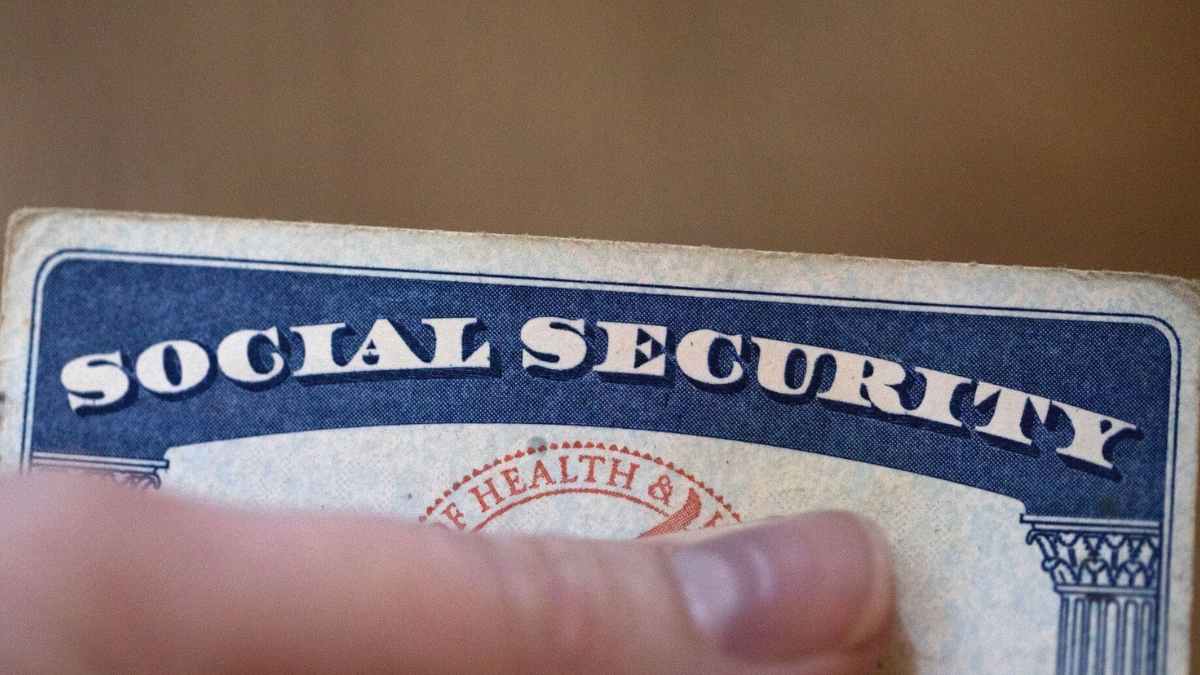The Social Security payment is undergoing constant changes that will become more than evident by 2025 with confirmations in its increase that few expected. In addition to increases in benefits and changes in access to assistance programs, it has been announced that beneficiaries need to be aware of several other issues so as not to suffer suspension. Everything comes as a result of the fact that, as a way of sanction for not being up-to-date with payments, debts, or other legal responsibilities, the Government and the SSA have numerous actions in hand. This will put the monthly receipt at risk.
Social Security: watch out for the sanction that puts your payment at risk
According to regulations at the federal level, nonpayment, and tax noncompliance can put your benefit at risk. Either by not being up to date with your child support that has not been allocated as stipulated by law in the family obligation or by unpaid tax debts. As a result, you will have a withholding of some or all of it. In this way, Social Security can take action and you will say goodbye to your payments that have been used for expenses, but have not been used for what the federal regulations stipulate. The most common case of payment suspension is linked to the lack of transfer of money for child support, but there are other equally relevant cases that can jeopardize your payment.
This happens with tax debts that will bring problems of garnishments of up to 15% of the total monthly payments provided by the SSA. The decision will be made by the Treasury Department and would be withheld for not responding to the payments requested by the IRS, who have in their hands the decision to do so. Like this, other forms of garnishments can occur based on non-payment of the famous student loans or any other similar case of state obligation in which it is possible to intercede to collect from the state.
How to remove the suspension
In order to continue with the correct payment of the Social Security benefit after the suspension for non-payment, the first thing to do is to settle the debt or challenge the issue in question in court. Although this will take a long time to resolve, we may be able to get a positive response quickly. What does seem important is to have the advice of a lawyer or someone dedicated to the issue, with whom you can negotiate how to pay this debt and leave the affected person satisfied with the lack of money. Also, as a quick way out, you could plan with an accessible plan and a coherent distribution of the payment of the outstanding installments. With this, you will be avoiding more penalties and not saying goodbye again to the Social Security bonus.
It is essential that you regularize your payments, comply with the conditions sent by SSA and be aware of the official communication from the entity, which issues constant warnings so as not to fail to comply with the program guidelines. In this way, and by paying what is due, everything will be in order.







